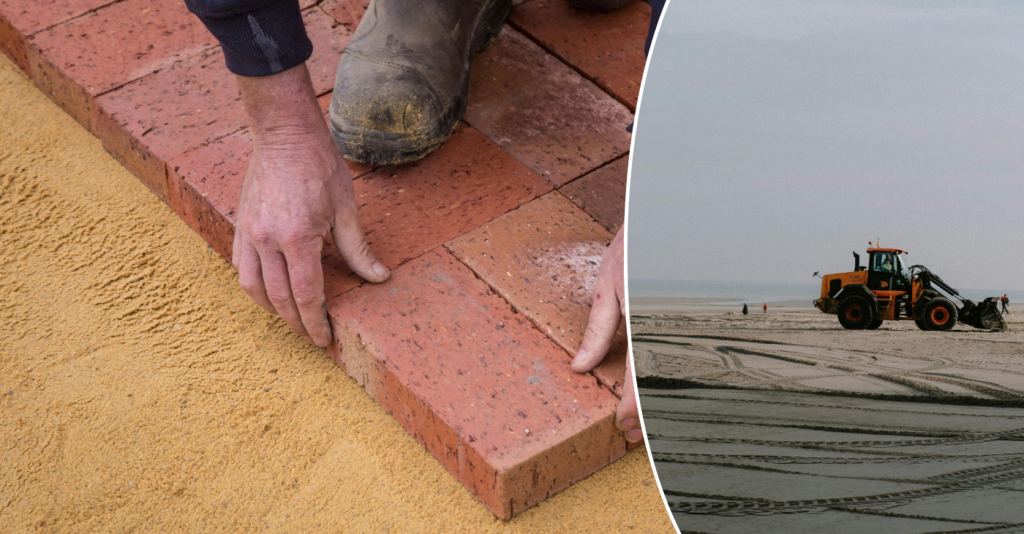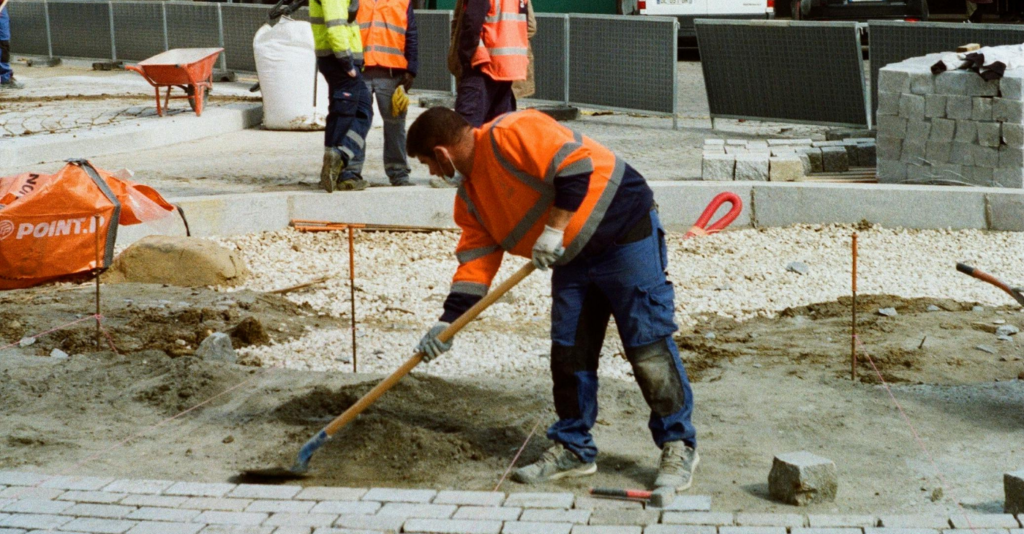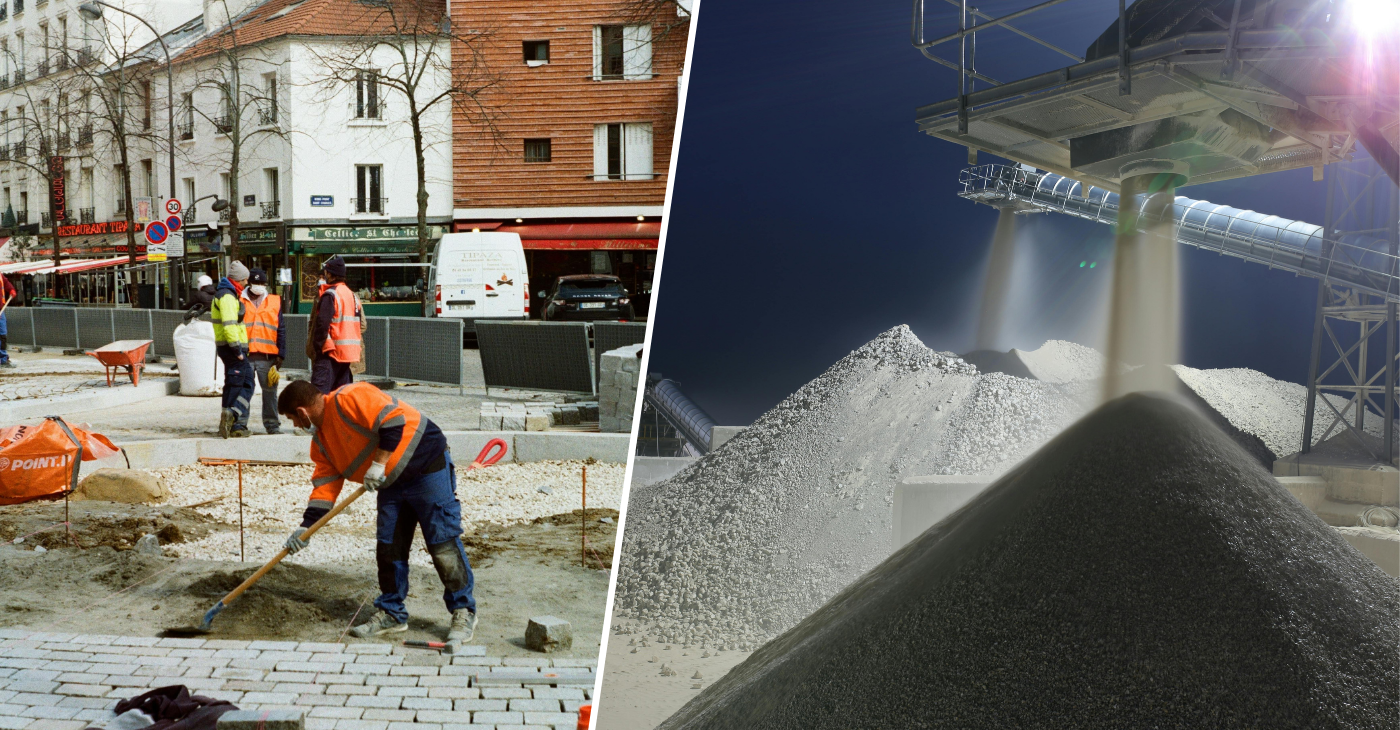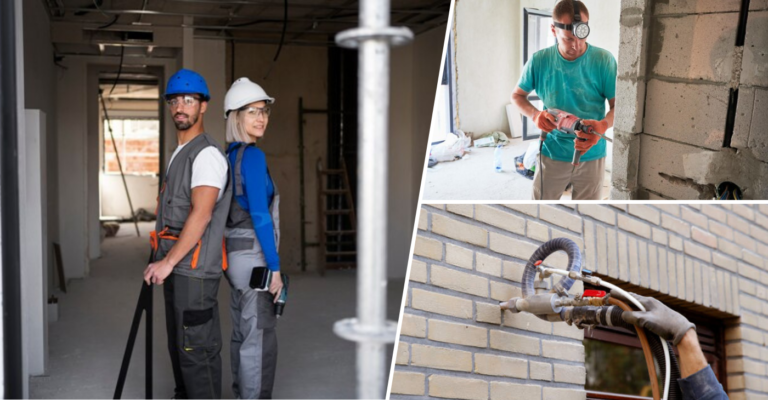How much sand do I need for a patio?
Building a patio is an excellent way to enhance your outdoor living space, offering a perfect spot for relaxation, entertaining guests, or enjoying meals outside. One of the critical steps in constructing a patio is ensuring you have the right amount of sand. Sand is used as a base layer to provide stability and proper drainage for your patio pavers. Calculating the amount of sand you need can seem daunting, but with a little planning and some basic math, you can determine the right quantity for your project.
Understanding the role of sand in patio construction
Sand, often overlooked, plays a crucial role in patio construction. It serves as the foundation for pavers, providing stability and ensuring proper drainage. The type of sand used, whether polymeric or standard, impacts the patio’s longevity and appearance. Proper installation and maintenance of sand are essential to prevent shifting, weed growth, and erosion. Before diving into the calculations, it’s essential to understand why sand is used in patio construction:
- Leveling – Sand helps create a smooth, even surface for laying patio pavers.
- Drainage – A sand base allows water to drain away, preventing pooling and potential damage to your patio.
- Stability – Sand helps to lock the pavers in place, reducing movement and shifting over time.
Steps to calculate the amount of sand needed
1. Measure the patio area
The first step is to measure the length and width of the area where you plan to build your patio. Use a tape measure to get the exact dimensions.
- Length: Measure the longest side of the patio area.
- Width: Measure the shortest side of the patio area.
For example, if your patio area is 10 feet long and 6 feet wide, you would have:
- Length = 10 feet
- Width = 6 feet
2. Determine the desired depth of the sand layer
The depth of the sand layer is typically about 1 to 2 inches. For most patio projects, a 2-inch layer of sand is recommended for optimal stability and drainage. Convert the depth from inches to feet to simplify the calculation.
- Depth in inches: 2 inches
- Depth in feet: 2 inches ÷ 12 = 0.167 feet
3. Calculate the volume of sand needed
To calculate the volume of sand required, multiply the length, width, and depth of the patio area:
- Volume = Length × Width × Depth
- Volume = 10 feet × 6 feet × 0.167 feet
- Volume ≈ 10 cubic feet
4. Convert cubic feet to cubic yards
Sand is typically sold in cubic yards, so you’ll need to convert the volume from cubic feet to cubic yards. There are 27 cubic feet in a cubic yard.
- Volume in cubic yards = Volume in cubic feet ÷ 27
- Volume in cubic yards = 10 cubic feet ÷ 27
- Volume ≈ 0.37 cubic yards
Purchasing sand
When purchasing sand, it’s wise to round up to ensure you have enough for the project. In this example, you would purchase approximately 0.4 cubic yards of sand. Additionally, consider buying a bit extra to account for any irregularities in the ground or potential mistakes during installation.

Factors affecting sand quantity
When planning a patio project, several key factors influence the amount of sand you will need. Understanding these factors helps ensure that you purchase the correct quantity of sand for a stable and long-lasting patio. Here are the main considerations:
1. Patio size
The size of your patio is the most straightforward factor in determining the amount of sand required. The larger the patio area, the more sand you will need. To calculate the area:
- Measure the length and width: Use a tape measure to accurately measure the length and width of the patio.
- Calculate the area: Multiply the length by the width to get the total square footage. For example, a patio that is 20 feet long and 10 feet wide has an area of 200 square feet.
2. Sand depth
The depth of the sand layer is crucial for providing a stable base and proper drainage. The recommended depth for the sand base typically ranges from 2 to 3 inches. Here’s how to choose the right depth:
- Standard depth: A 2-inch depth is sufficient for most patio projects, providing adequate stability and drainage.
- Heavy load areas: For areas expected to bear heavier loads, such as driveways or areas with heavy furniture, a 3-inch depth might be more appropriate to ensure greater stability and support.
3. Paver type
Different types of pavers have varying requirements for the sand base. The thickness and material of the pavers can influence how much sand is needed:
- Thicker pavers: Thicker pavers, such as those used for driveways, may require a thicker sand base to support the additional weight and prevent shifting.
- Standard pavers: Standard patio pavers usually require the typical 2-inch sand base, but always check the manufacturer’s recommendations for the specific type of paver you are using.
4. Sand compaction
The type of sand and the method of compaction can significantly affect the final volume of sand required. Proper compaction is essential to create a stable and even surface:
- Type of sand: Coarse sand, such as concrete sand, is recommended for the base layer. It compacts well and provides excellent drainage. Fine sand can compact too tightly and may not offer the same level of stability.
- Compaction method: After spreading the sand, use a compactor or tamper to compact the sand layer. Proper compaction reduces air pockets and ensures a firm base. Compaction can slightly reduce the volume of sand, so it’s wise to purchase a bit extra to account for this.

Tips for using sand in patio construction
Compaction
After spreading the sand, use a compactor to ensure it’s evenly distributed and compacted. Proper compaction is crucial to prevent the pavers from shifting and settling over time.
Edge restraints
Install edge restraints to keep the sand and pavers in place. Edge restraints help maintain the integrity of the patio structure by preventing the sand from washing away and the pavers from shifting.
Leveling
Use a straight edge or screed board to level the sand before laying the pavers. This step is vital for achieving a smooth and even patio surface.
Additional considerations
- Sub-base preparation: Before laying the sand, ensure the sub-base (usually gravel) is properly prepared and compacted. This provides a solid foundation and prevents shifting or settling.
- Geotextile fabric: Using geotextile fabric between the gravel and sand layers can prevent weed growth and improve drainage, potentially reducing the amount of sand needed.
- Slope and Drainage: Consider the natural slope and drainage of the area. Proper drainage planning ensures water does not pool on the patio, affecting the sand layer’s stability.
Conclusion
Calculating the amount of sand needed for your patio project is a straightforward process when broken down into simple steps. By measuring your patio area, determining the desired depth of the sand layer, calculating the volume, and converting it to cubic yards, you can ensure you purchase the right amount of sand for a stable and durable patio. With proper planning, preparation, and execution, your patio will become a beautiful and functional addition to your outdoor space.
FAQs
1. How do I calculate the amount of sand needed for my patio base?
- To calculate the amount of sand needed, measure the length and width of your patio area to find the total square footage. Then, decide on the depth of the sand layer, typically 2 to 3 inches. Multiply the area by the depth (converted to feet) to find the volume in cubic feet. Finally, convert cubic feet to cubic yards (1 cubic yard = 27 cubic feet) since sand is often sold by the cubic yard.
2. What is the recommended depth of sand for a patio base?
- The recommended depth for a patio base is generally between 2 to 3 inches. A 2-inch depth is sufficient for most patio applications, providing stability and drainage. For areas that will bear heavier loads, such as driveways or spots with heavy furniture, a 3-inch depth may be more appropriate.
3. Does the type of paver affect the amount of sand I need?
- Yes, the type and thickness of pavers can affect the amount of sand needed. Thicker pavers or those used in areas with heavy traffic might require a thicker sand base for additional support and stability. Always check the manufacturer’s recommendations for the specific pavers you are using.
4. Should I compact the sand base, and how does compaction affect the amount needed?
- Yes, compacting the sand base is essential for creating a stable and even surface for your pavers. Compaction reduces air pockets and ensures the sand layer is firm. Since compaction can slightly decrease the volume of sand, it’s advisable to purchase a bit extra to account for this reduction.
5. What type of sand is best for a patio base, and can I use any sand available?
- Coarse sand, such as concrete sand, is best for a patio base because it compacts well and provides good drainage. Avoid using fine sand, as it can compact too tightly and impede drainage. Ensure you select a high-quality sand that meets the requirements for a stable and durable patio base.







